Ca Mau Mr. Truong Minh Thang, 40 years old, continued his father's will by spending a lot of effort creating a living environment for wild birds in the family garden.
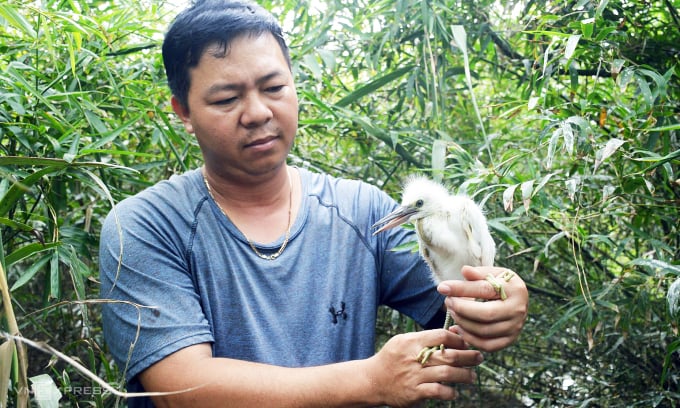
Mr. Thang takes care of injured baby birds. Photo: An Minh
Mr. Thang's family is originally from Hai Duong province. In 1979, his father, Mr. Nguyen Cong Su, moved from Saigon to Ca Mau to start a business. After many years of saving, he bought 16 hectares of land in Quyen Thien hamlet, Bien Bach Dong commune, Thoi Binh district, about 30 km from Ca Mau city.
Because the land was heavily contaminated with alum, rice cultivation was ineffective, so Mr. Su converted most of the area to grow cajuput, and the rest to grow sugarcane and pineapple. Taking advantage of the vacant land, the old farmer planted a lot of bamboo. "By 2000, hundreds of birds and storks came to live there, but at that time my father did not believe they would stay long term so he did not pay much attention," Mr. Thang recalled.
About 5 years later, when the government allowed the conversion to shrimp farming, the family converted 5 hectares of land for saltwater aquaculture. The Melaleuca plantation area was still kept intact for the birds to live in. At this time, because the land was new and the environment was still good, shrimp farming was effective and brought high income.
A few years later, Thang and his father discovered that the number of birds returning was increasing, sometimes up to 20,000-30,000. The family added two hectares of land to the shrimp farm to plant trees to attract birds to live. At that time, many people thought this was a "crazy decision" because shrimp farming was profitable.
Just like that, the flock of birds grew and multiplied. Many years later, Mr. Thang’s family invested hundreds of millions of dong to improve the land, dig canals, and plant more trees for the birds to nest. In the water, they raised freshwater fish and planted duckweed to treat bird droppings and avoid pollution.
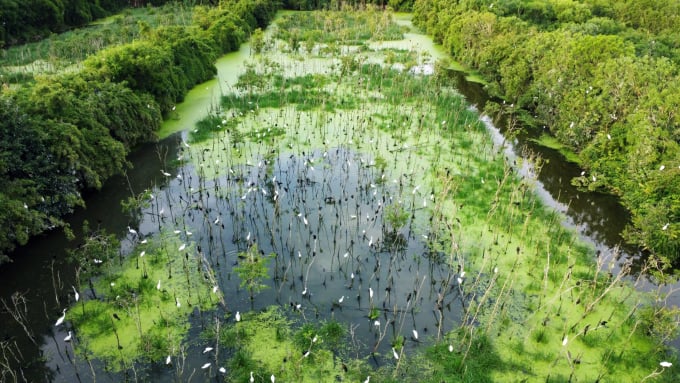
Around 5pm every day, flocks of birds and storks return to the garden after foraging. Photo: An Minh
In 2017, the Trans-Asia Highway connecting Ca Mau City and Kien Giang Province passed through their land, and Mr. Thang's family asked the authorities to open a tourist area, becoming a local community tourism spot. The family also researched and studied to avoid affecting the birds. They said no to hunting birds in the garden.
According to Mr. Thang, the reason the birds stay on his family's land is because the surrounding area has been converted to shrimp farming, and there are not many large trees left. Meanwhile, his family still maintains the cajuput area with a freshwater ecosystem, and also raises fish, so this place has become an ideal place for birds and storks to live.
After more than 10 years of establishment, his family's bird garden now has more than 100,000 birds of 20 species including storks, cormorants, silver-cheeked ibises, storks, and herons... In particular, the garden attracts the sesban bird (also known as the snake-necked bird) which is classified in group 1B, a rare wild animal.
After his father passed away in 2021, Mr. Thang directly managed the bird garden. Following his father's wishes, he replanned the entire garden, dedicating 10 hectares to planting cajuput, bamboo, coconut, fish sauce and many native plants. The remaining nearly 6 hectares, he raised freshwater fish, shrimp, and crabs as a buffer zone to isolate the bird garden from the surrounding environment.
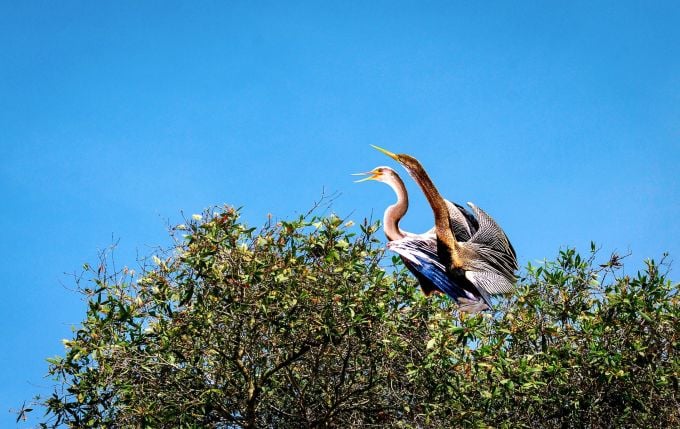
Rare sesbania birds are also present in Mr. Thang's family garden. Photo: Nguyen Thanh Dung
In addition, he reserved a part of the land to make a canal about 1.5 km long to store fresh water. During the rainy season, the canal has the task of draining the bird garden, the water is settled, the fish process it naturally after a period of time before releasing it into the environment. During the dry season, he will pump fresh water into the reserve canal, when needed, it will be supplied to the garden.
The garden owner often travels to the stork garden in Thot Not (Can Tho) to learn how to create a living environment and care for injured birds. He carefully researches and plants the trees in the land. He does not choose a single species of tree but mixes many types to create the most natural environment. He improves and replants the barren perennial areas.
"I have to divide it into small areas because if I disturb too many birds, they will leave immediately, and I even have to move each nest," said Mr. Thang.
He regularly visits the bird garden twice a day, in the morning and in the evening. On stormy days, he often checks and rearranges the nests when he finds them falling or shifting. Many birds that are trapped outside and injured when flying back to the garden are taken care of by him.
The garden currently attracts 800-1,000 visitors each month. According to the garden owner, with this number of visitors, after deducting expenses, he only has enough to take care of his wife and children, the remaining money continues to be reinvested in the garden. "I made this bird garden out of passion and to continue my father's dream," said Mr. Thang.
Mr. Tran Hieu Hung, Director of the Department of Culture, Sports and Tourism of Ca Mau, said that Mr. Thang's family's bird garden is currently a tourist attraction when visiting the province. The garden is well planned and cared for, so the number of birds is increasing. The locality regularly encourages people around not to catch birds and storks to protect the ecosystem here.
Mr. Thang's family's stork garden seen from above. Video: An Minh
An Minh
Source link


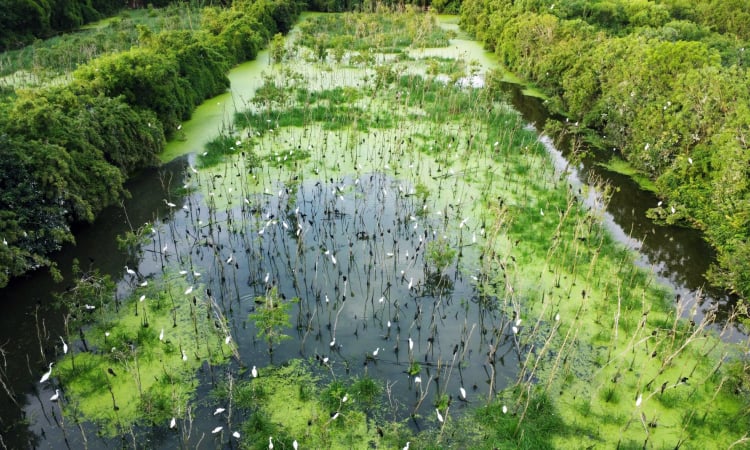

![[Photo] Close-up of Vietnam's sniffer dog team searching for earthquake victims in Myanmar](https://vstatic.vietnam.vn/vietnam/resource/IMAGE/2025/4/1/d4949a0510ba40af93a15359b5450df2)
![[Photo] President Luong Cuong and King Philippe of Belgium visit Thang Long Imperial Citadel](https://vstatic.vietnam.vn/vietnam/resource/IMAGE/2025/4/1/cb080a6652f84a1291edc3d2ee50f631)
![[Photo] Prime Minister Pham Minh Chinh meets with King Philippe of Belgium](https://vstatic.vietnam.vn/vietnam/resource/IMAGE/2025/4/1/be2f9ad3b17843b9b8f8dee6f2d227e7)

![[Photo] General Secretary To Lam receives King Philippe of Belgium](https://vstatic.vietnam.vn/vietnam/resource/IMAGE/2025/4/1/e5963137a0c9428dabb93bdb34b86d7c)
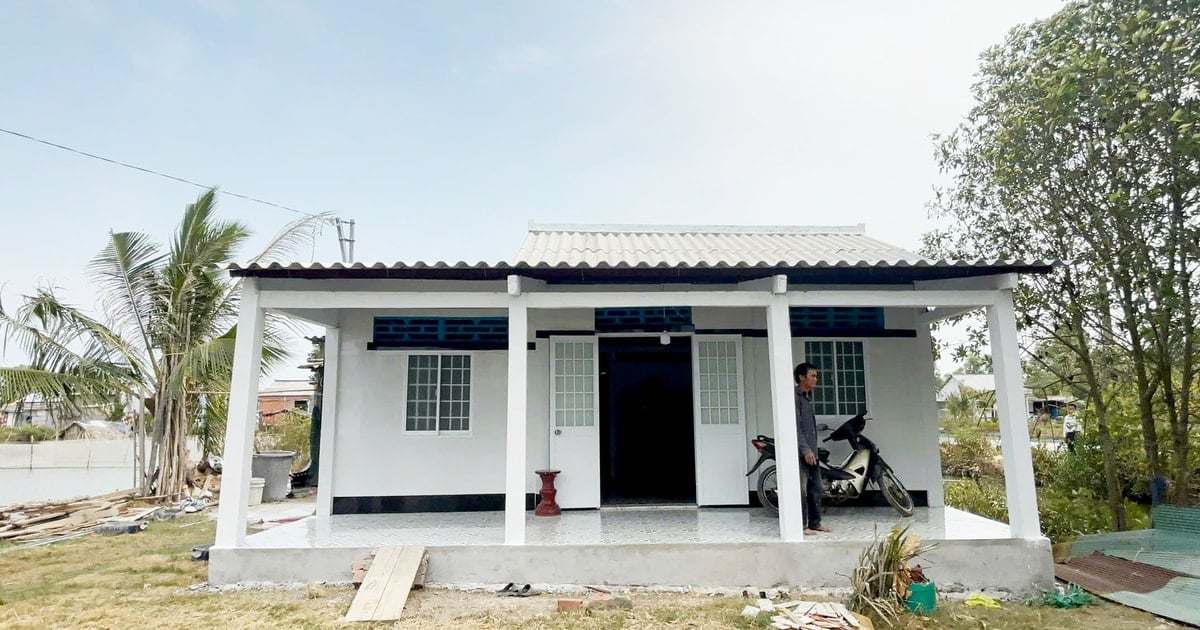

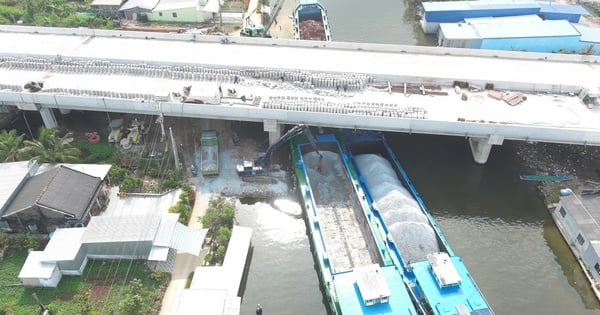

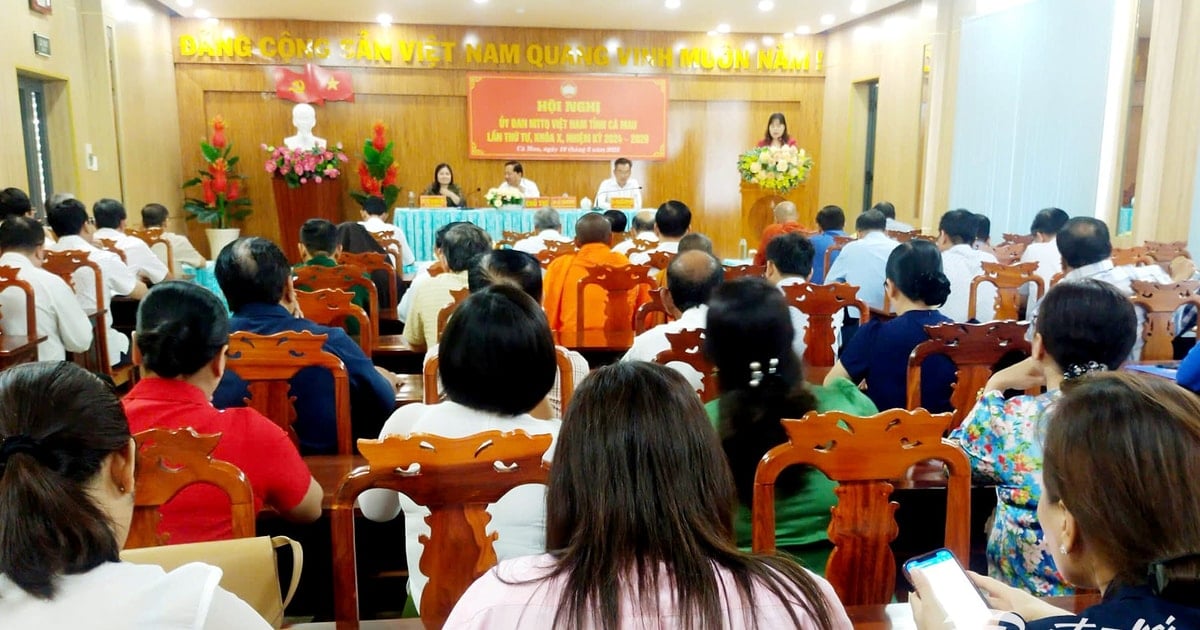



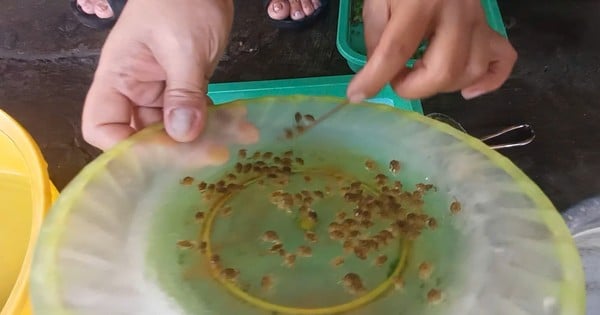






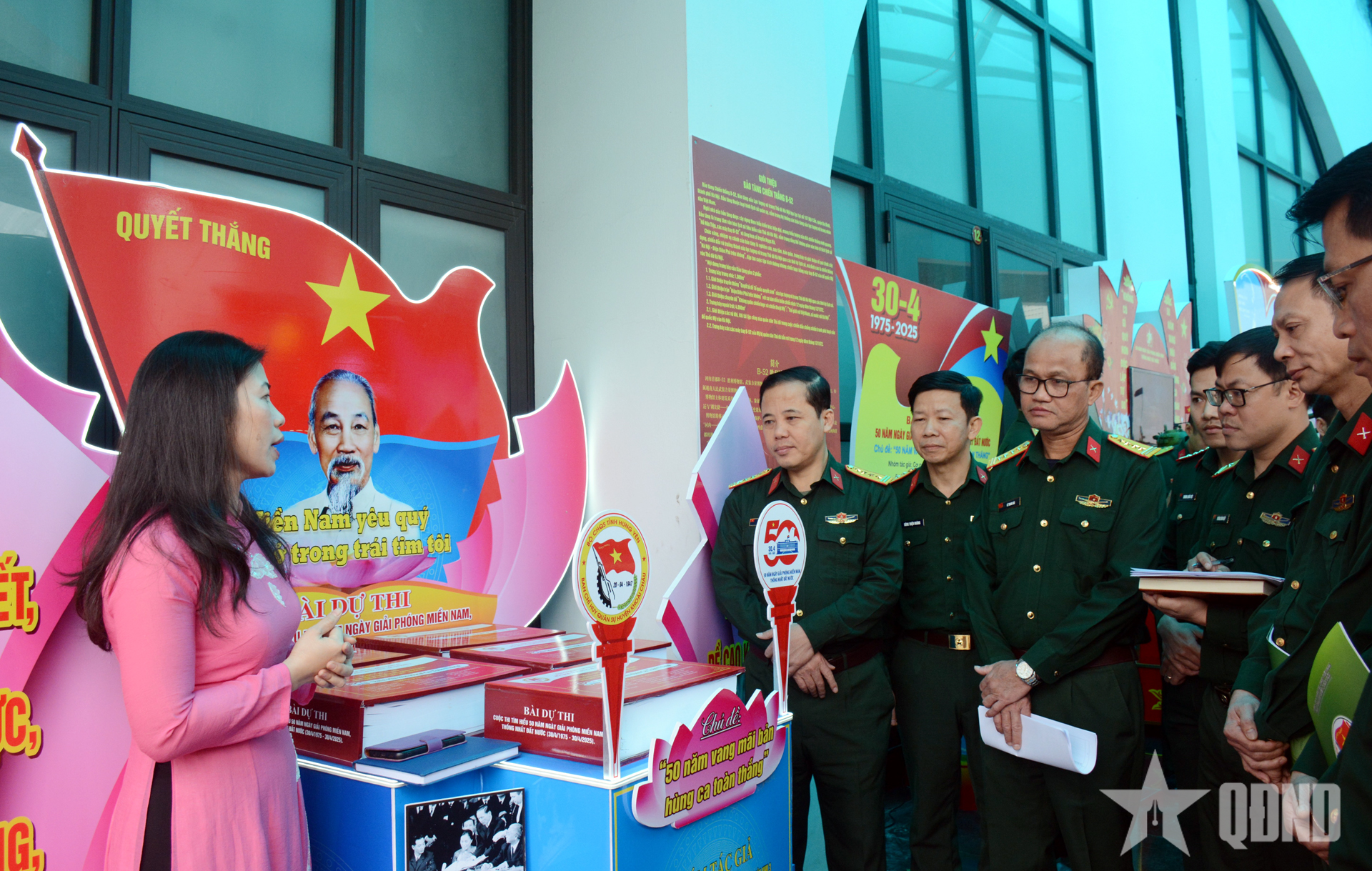










































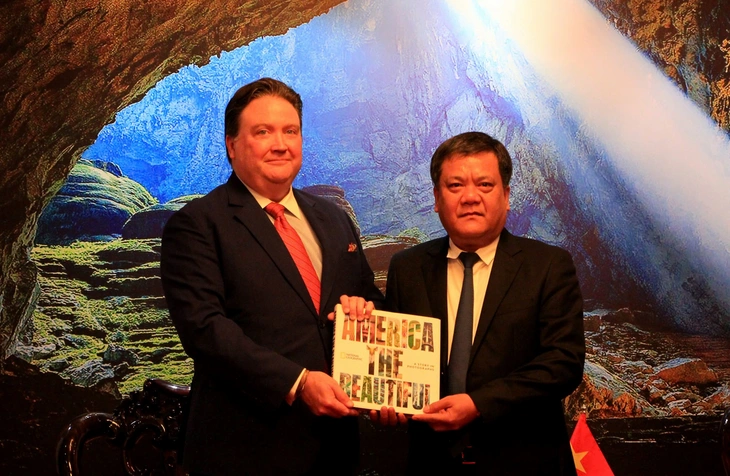














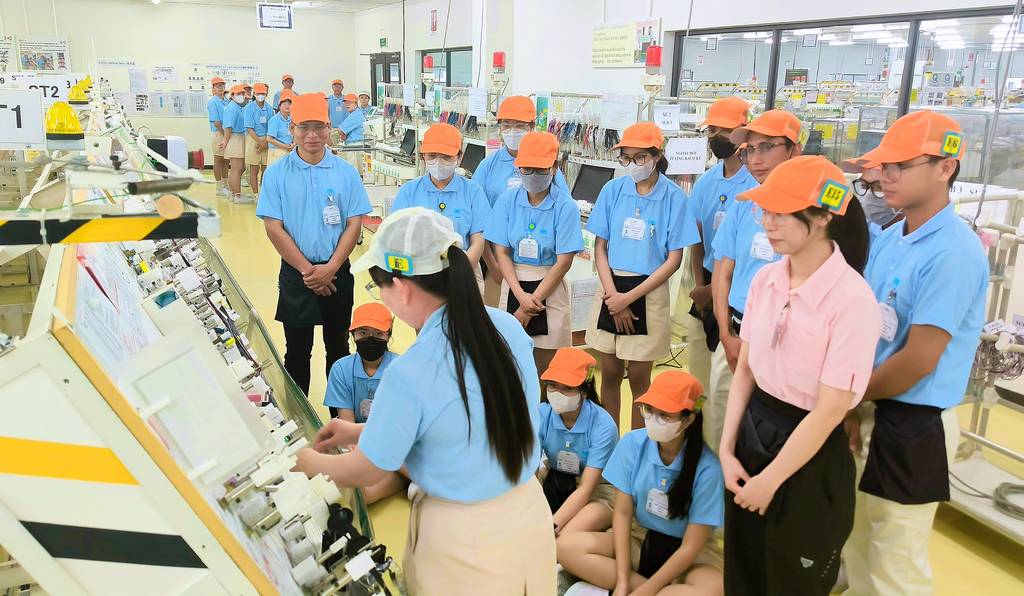





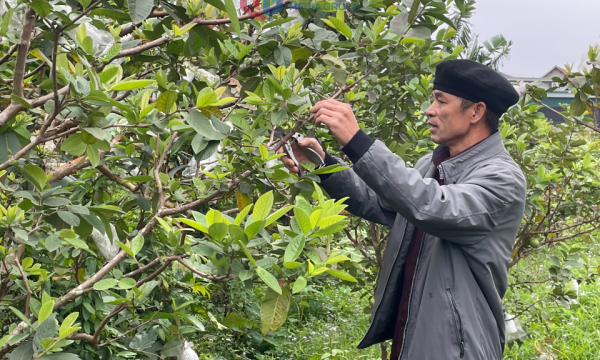

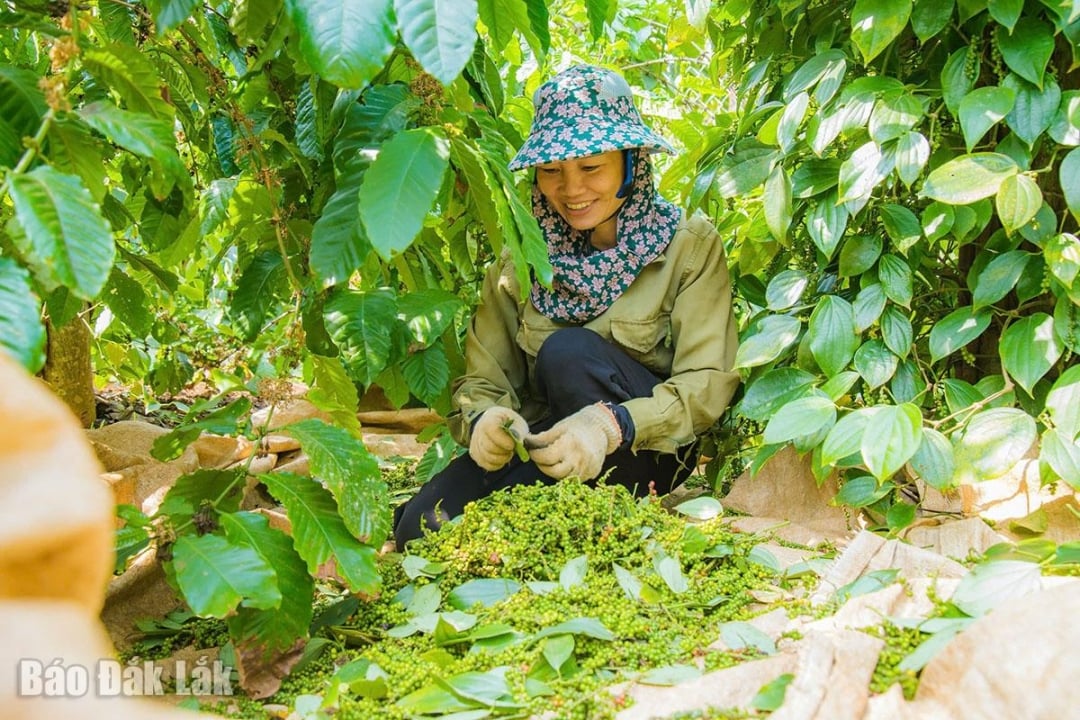

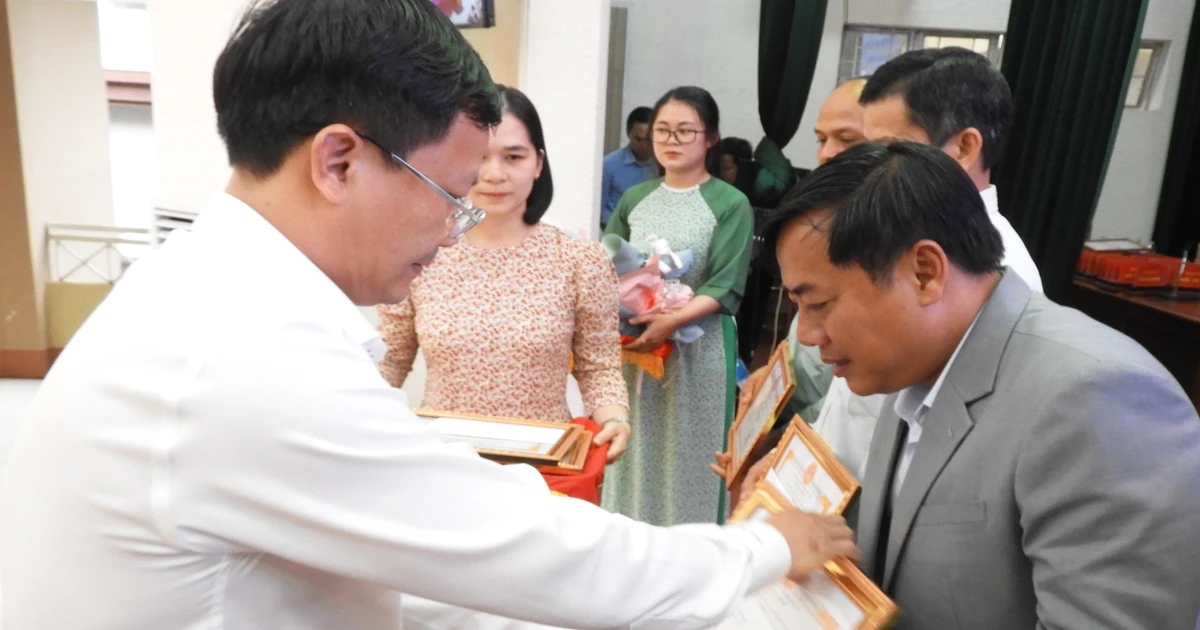










Comment (0)